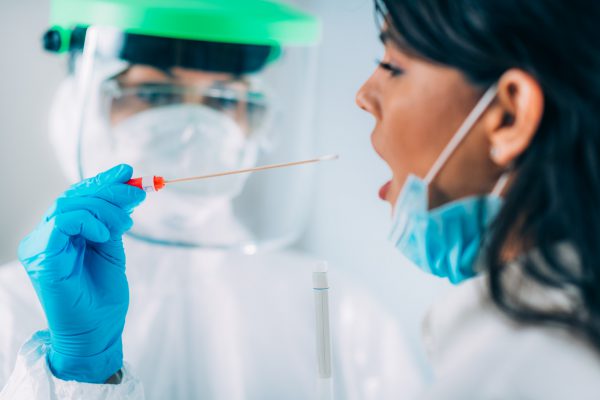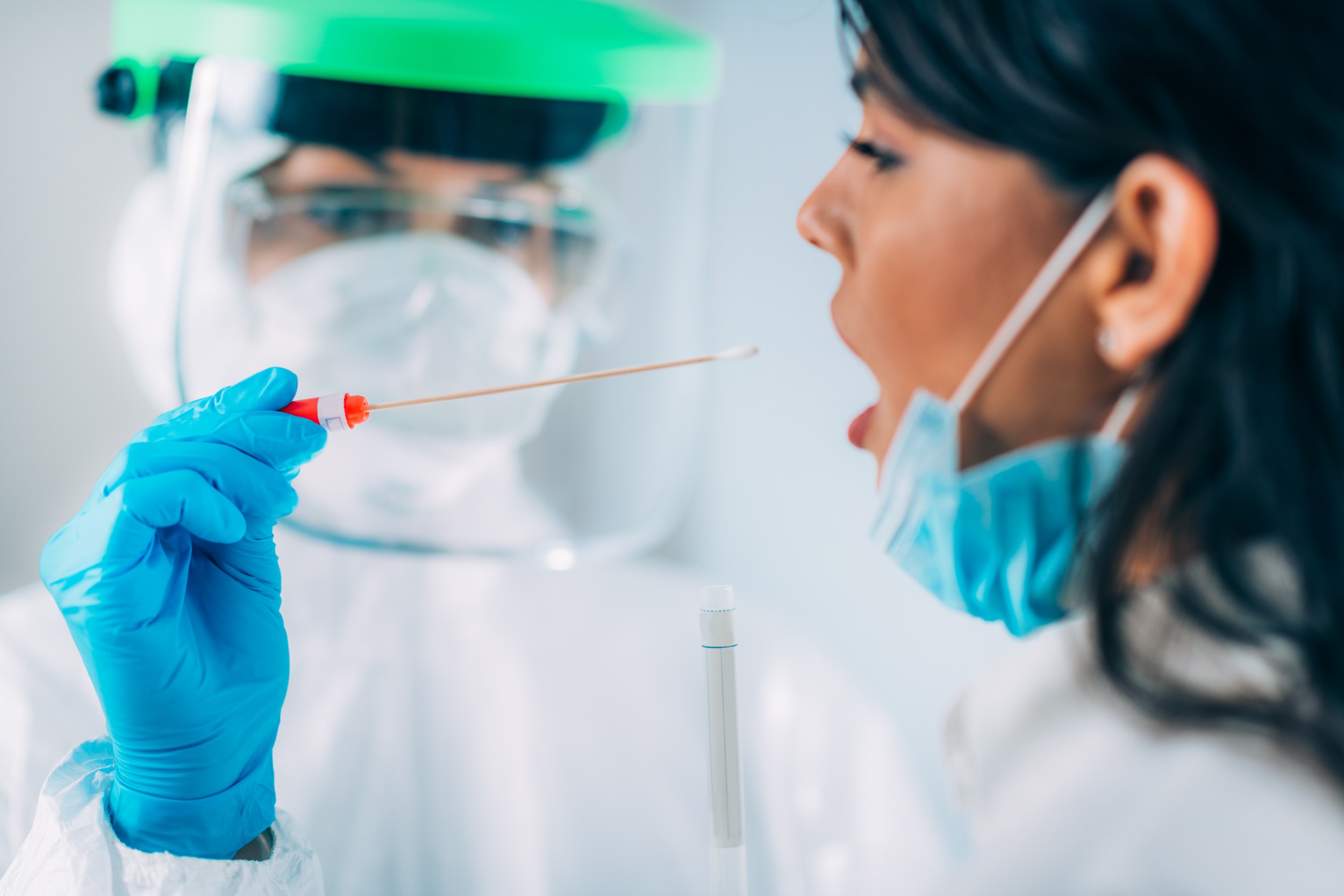GENEVA, 25 November 2020: The International Air Transport Association (IATA) welcomes the publication of the Manual on Testing and Cross Border Risk Management Measures by the International Civil Aviation Organization (ICAO).
The manual provides governments with a risk-based assessment tool for a testing programme that could alleviate quarantine requirements.

It is a critical output produced by the ICAO Collaborative Arrangement for the Prevention and Management of Public Health Events in Civil Aviation. Known as CAPSCA it brings together the expertise of states, public health authorities (the World Health Organization, Centres for Disease Control and Prevention, European Centre for Disease Prevention and Control) and industry experts such as IATA, Airports Council International and International Coordinating Council of Aerospace Industries Associations.
This encouraging progress follows recent comments from the WHO’s International Health Regulations Emergency Committee Chair, Dr Didier Houssin, who foresees a role for testing as a means of reopening international travel without quarantine measures.
“Clearly, the use of the tests is certainly now supposed to have a much larger place compared to quarantine.”
“Momentum is building in support of our call for systematic testing to safely reopen borders without quarantine measures. ICAO, working with health authorities and industry, has produced a high-level framework. Health authorities are beginning to explore how testing could supersede quarantine to stop the cross-border spread of the virus. Encouraging results from testing pilot programs should now give states the confidence to move forward quickly,” said Alexandre de Juniac, IATA’s director-general and CEO.
Testing efficacy
Pilot programs for COVID-19 testing of travellers are beginning to produce encouraging results proving their efficacy.
- A study on arriving passengers in Toronto tested passengers three times: on arrival, at day seven and at day 14. Just 1% of passengers tested positive over that period, with 70% being detected with the first test. In other words, the study’s results could indicate the potential for about 60 out of every 20,000 travellers to go undetected on arrival, which is significantly lower than the underlying prevalence in Canada.
- A pre-departure testing program for the Milan/Linate-Rome/Fiumicino route detected about 0.8% of passengers with Covid-19. As this level of incidence is considerably higher than the reported prevalence of Covid-19 in Italy at the time, it would appear that not only was testing highly effective in identifying infected travellers but that systematic testing is the best way to detect asymptomatic cases and to break chains of transmission.
- A soon to be published European study is even more optimistic. It models scenarios for a highly effective testing mechanism. In a low prevalence scenario, there is the potential to see the number of undetected positive cases as few as five per 20,000 travellers, increasing to 25 in high prevalence situations. These levels of incidence are still much lower than the underlying prevalence of Covid-19 in Europe.
- IATA modelled the testing results to quantify the risk that would remain if systematic pre-departure testing were implemented. Assuming that testing identifies 75% of travellers correctly who have Covid-19 (the effectiveness of the test) from a source population with a prevalence of 0.8% of the population (e.g., similar to Chile), the risk is that 0.06% of passengers would have the disease and go undetected. That would mean 12 undetected positive cases for every 20,000 arriving passengers.
Practicalities
Testing is supported by travellers. An IATA survey revealed that 83% of people would not travel if it required quarantine. It also showed that some 88% of travellers would be willing to be tested if it enabled travel. The same survey also revealed that 65% believe that quarantine should not be necessary if someone tests negative for COVID-19. “Public opinion supports COVID-19 testing. They see it as a far better option compared to quarantine which kills travel. And they feel comfortable that if you are tested and found negative, you don’t need to quarantine,” said de Juniac.
Global standards are needed to transform the many testing pilots and “bubbles” into a global re-start of international flying. To support this IATA is developing:
- A practical implementation guide for the Manual on Testing and Cross Border Risk Management Measures
- The IATA Travel Pass to manage COVID-19 test certifications, one of several solutions in development to help manage testing certifications. IATA welcomes the evolution of a competitive market for these solutions that should be cost-effective, global, accurate and interoperable.
Speed
IATA urges quick action by governments working with industry to implement a globally harmonized and systematic approach to Covid-19 testing in the travel process.
Travel essentially remains in lockdown. Each day that this situation is prolonged puts more jobs at risk and makes the road to recovery that much more difficult.
Implementation of a globally harmonized systematic testing regime for international travel would complement measures already well established to keep travellers safe. In June, ICAO published Take-off: Guidance for Air Travel through the COVID-19 Public Health Crisiswhich calls on governments to implement a multi-layered approach to sanitary measures throughout the travel process. Mask-wearing is especially key to the Take-off requirements with a strong consensus among recently published studies of air travel and COVID-19 pointing toward the very low risk of inflight transmission (Harvard, TRANSCOM).
View the presentation on Testing and Safely Reopening Borders







